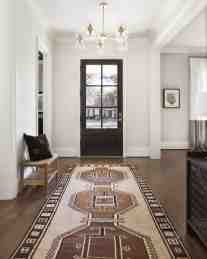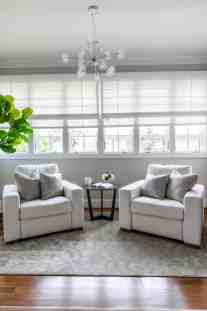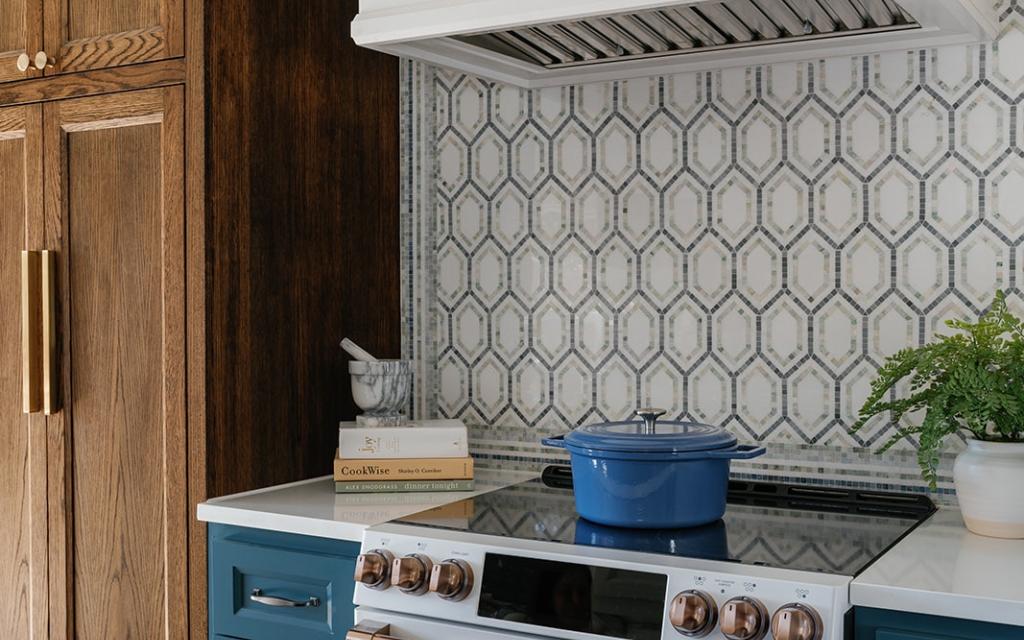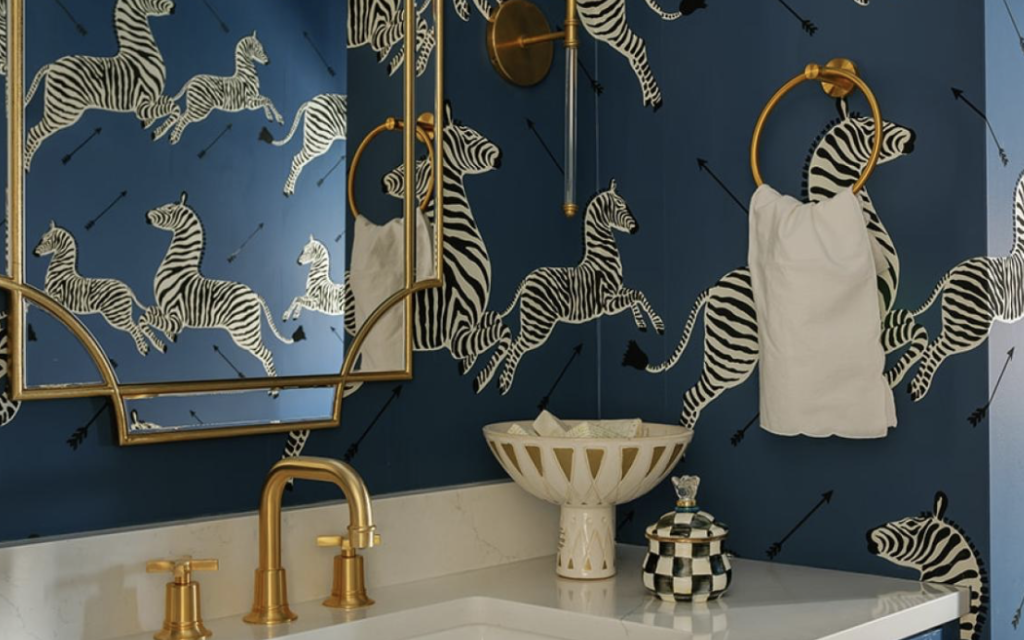When embarking on an interior design project, ML Interiors Group knows it is essential to recognize clients' significant role in the process. While interior designers bring their expertise and creative vision to the table, clients are the driving force behind the project, shaping its direction and ensuring their needs and preferences are met. Let's explore the clients' vital role in an interior design project and highlight the importance of effective collaboration between clients and designers. And don’t think for one second that we are “all fuss and no fun”, because the team also understands how taxing this process can be - so smiles and laughter are (always) part of the package.
The first step in any successful interior design project is understanding the client's vision. Clients have unique tastes, preferences, and goals for their space, and it is the designer's responsibility to grasp these ideas fully. Through detailed discussions, questionnaires, and mood boards, designers can gain insights into the client's desired aesthetic, functionality requirements, and budget constraints. This understanding forms the foundation upon which the entire project is built.



Interior design projects involve numerous decisions, ranging from color schemes and furniture choices to lighting and materials. Clients play a crucial role in this decision-making process. By actively participating in discussions, providing feedback, and making informed choices, clients ensure that the final design aligns with their vision and meets their expectations. Effective collaboration between clients and designers fosters a sense of ownership and satisfaction throughout the project.

Clients are responsible for establishing a budget for the interior design project. This budget serves as a guiding principle for designers, helping them make informed decisions regarding materials, furnishings, and other design elements. Clients must communicate their budgetary constraints clearly to designers, who can then propose suitable options that strike a balance between aesthetics and affordability. By actively engaging in budget discussions, clients can ensure that their financial goals are met without compromising on design quality.
Throughout the design process, clients have the opportunity to provide feedback and approvals at various stages. This feedback loop is crucial for designers to refine their ideas and make necessary adjustments. Clients should provide constructive feedback, highlighting what they like and dislike about the proposed designs. By actively participating in this iterative process, clients contribute to the evolution of the design, ensuring that it aligns with their expectations.

Clients play a vital role in maintaining effective communication and adhering to project timelines. Regular communication between clients and designers helps address any concerns, clarify expectations, and keep the project on track. Clients should promptly respond to queries, provide necessary information, and communicate any changes or modifications to the project scope. By actively engaging in communication and respecting agreed-upon timelines, clients contribute to the overall efficiency and success of the interior design project.
1. Communication: Clients need to effectively communicate their preferences, requirements, and expectations to the interior designer. Clear and open communication helps ensure that the designer understands the client's vision and can deliver accordingly.
2. Budgeting: Clients are responsible for setting a realistic budget for the project. This involves determining how much they are willing to spend on design fees, materials, furnishings, and any other related expenses. It is important for clients to communicate their budget constraints to the designer to ensure that the project stays within financial limits.
3. Decision-making: Clients are responsible for making timely decisions throughout the project. This includes selecting materials, finishes, furniture, and other design elements. Prompt decision-making helps keep the project on schedule and avoids unnecessary delays.
4. Providing necessary information: Clients need to provide the interior designer with all relevant information about the space, such as architectural plans, measurements, and any existing structural or design limitations. This information is crucial for the designer to create an effective design plan.
5. Access and permissions: Clients are responsible for providing access to the project site and obtaining any necessary permissions or permits required for the design work. This may involve coordinating with building management, contractors, or other relevant parties.
6. Trust and collaboration: Clients should trust the expertise and professional judgment of the interior designer. Collaboration and open-mindedness are essential for a successful project outcome. Clients should be willing to provide feedback, ask questions, and work together with the designer to achieve the desired results.
*It is important to note that the specific responsibilities of clients may vary depending on the scope and nature of the interior design project.


Clients play a crucial role in an interior design project. Their vision, preferences, and active participation shape the direction of the project and ensure that the final design reflects their unique style and requirements. Effective collaboration, open communication, and timely decision-making between clients and designers are key to achieving a successful outcome. By recognizing and embracing their role, clients can contribute significantly to the creation of a space that not only meets their expectations but also brings their vision to life.
Overall, yes — hiring ML Interiors Group will take a HUGE load off your mental to-do list and also leave you with something a lot better than what might have been achievable alone. And yet with the same breath, there is a time and energy investment needed on the client’s end, too, to ensure we can deliver on something that really feels like “you” - but beyond the limits of what you could imagine.
Ready to get started? Call ML Interiors Group today to schedule a consultation and make the steps towards creating your ideal living environment. We can’t wait to hear from you!

A smart kitchen renovation is one of the most impactful upgrades in home interior design. Combining…
View Post
Interior design rules have long provided structure—but in 2026, many of them are quietly being set…
View Post
Design Trends vs. Timeless Style: What We Recommend, and Why Every year brings a new wave of…
View Post
The holidays are the perfect time to make your home feel cozy, festive, and full of personality.…
View Post